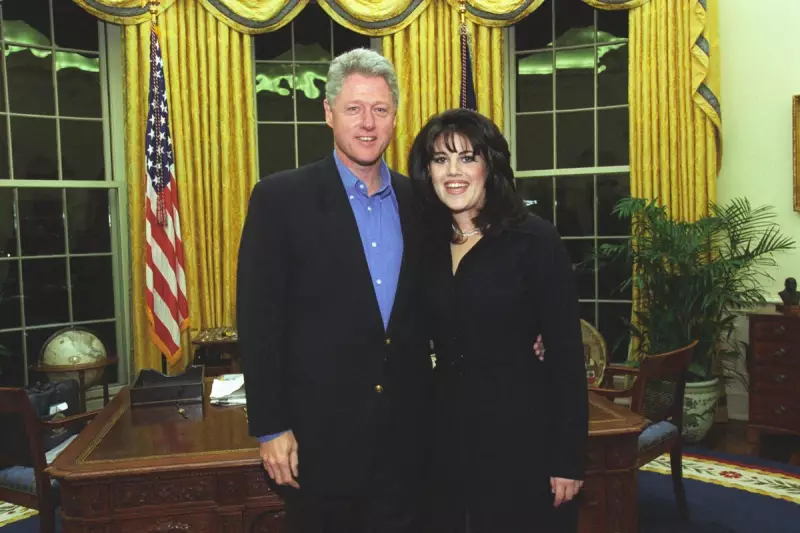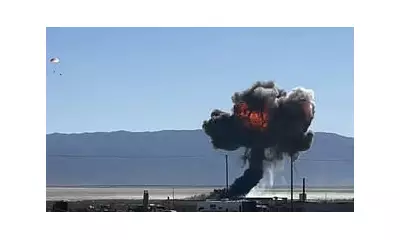
In a startling revelation that has sent shockwaves through political circles, an in-depth analysis of White House staffing patterns has uncovered a troubling trend of unprecedented turnover within Democratic administrations. The findings paint a picture of institutional instability that could have far-reaching consequences for governance and policy implementation.
The Departure Timeline: A Pattern Emerges
Recent months have witnessed a steady stream of high-profile exits from the current administration, creating what insiders describe as a "revolving door" phenomenon. This pattern isn't isolated to the present leadership but appears to be part of a broader historical trend affecting Democratic presidencies.
Seasoned political analysts have noted that the frequency and timing of these departures differ significantly from previous administrations, raising questions about the long-term impact on policy continuity and institutional knowledge.
Behind the Scenes: What's Driving the Exodus?
Multiple sources within the West Wing suggest several factors contributing to the staffing challenges:
- Burnout culture: The intense pressure and demanding schedules of modern White House operations
- Political headwinds: Increasingly polarized environment creating difficult working conditions
- Career considerations: Staff members seeking more stable employment opportunities
- Administrative transitions: Natural evolution from campaign mode to governance
Historical Context: Comparing Democratic and Republican Patterns
When examining staffing stability across different presidencies, clear distinctions emerge between how Democratic and Republican administrations manage their personnel. The data suggests that Republican administrations have typically maintained more consistent staffing structures, particularly during their first two years in office.
This discrepancy raises important questions about organizational culture, recruitment strategies, and the unique challenges facing modern Democratic leadership.
Impact on Governance: More Than Just Headlines
The consequences of frequent staff turnover extend far beyond political gossip columns. Policy experts warn that constant personnel changes can:
- Disrupt long-term strategic initiatives
- Create knowledge gaps in critical areas
- Slow decision-making processes
- Undermine international confidence in US leadership
One former administration official, speaking on condition of anonymity, noted that "each departure represents not just a personnel change, but a potential shift in policy direction and institutional memory."
Looking Ahead: Challenges for the Remainder of the Term
As the current administration moves forward, the ability to retain key staff members will be crucial for implementing its agenda. Political observers are closely watching how White House leadership addresses these staffing challenges while maintaining momentum on key policy priorities.
The coming months will prove critical in determining whether this pattern of departures represents a temporary adjustment period or a more systemic issue affecting Democratic administrations.





